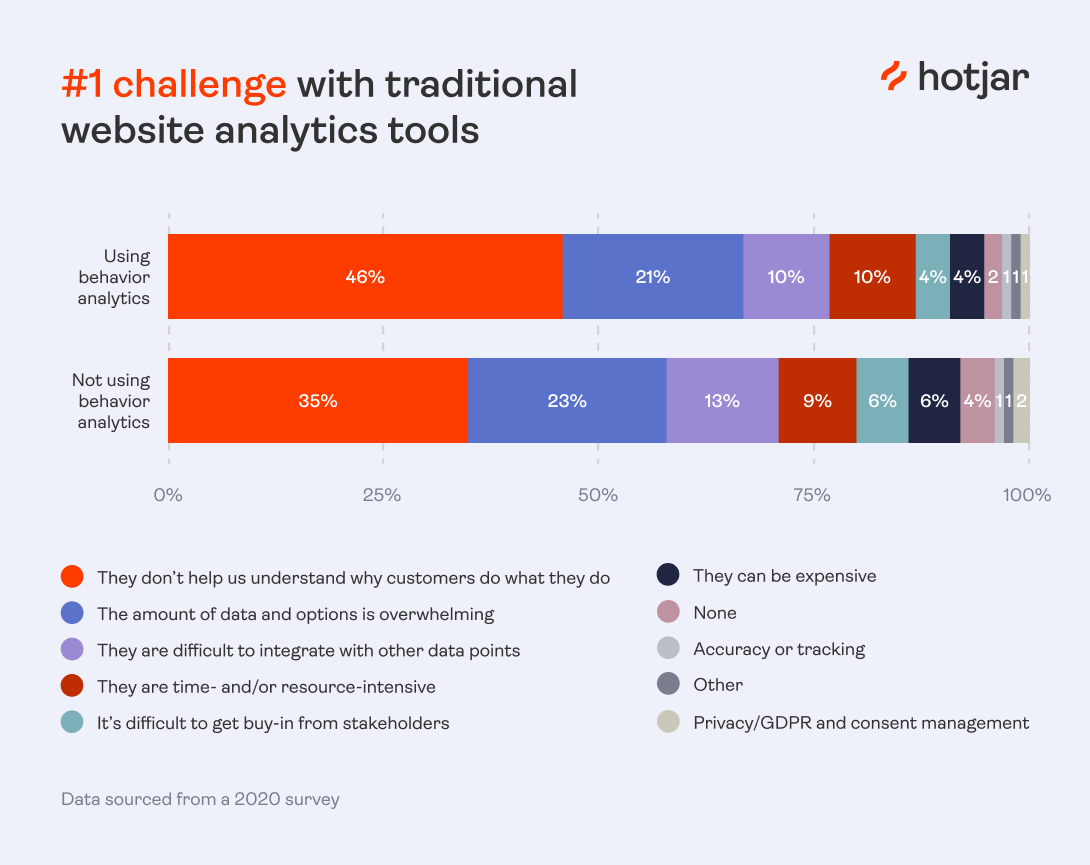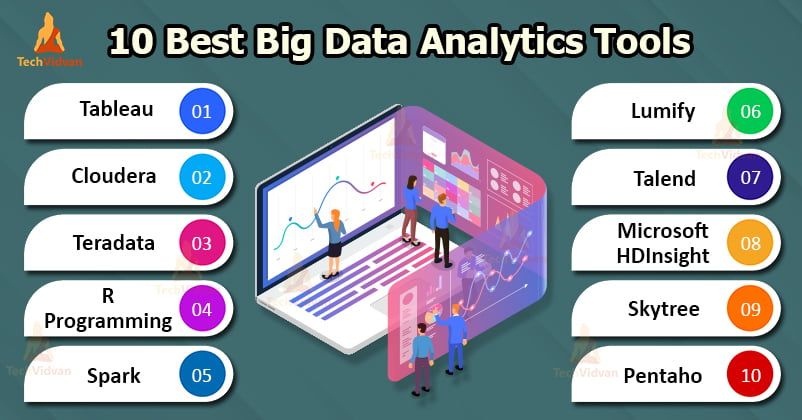Transform Data into Strategies with Cutting-Edge Analytics
Transform Data into Strategies with Cutting-Edge Analytics
Blog Article
Transform Information Into Choices With Powerful Analytics Solutions
In today's data-driven landscape, organizations face the challenge of changing large amounts of info into actionable insights. Powerful analytics services provide the ways to navigate this complexity, allowing services to utilize various methods that disclose underlying trends and projection future problems. As firms progressively count on these data-driven methods, the possibility for boosted decision-making comes to be evident. The application of these services raises crucial inquiries about ideal methods and the concrete benefits that can be acquired. What approaches can organizations embrace to guarantee they are optimizing their analytical abilities?
Understanding Analytics Solutions
In today's data-driven landscape, numerous companies look for to utilize analytics services to improve decision-making and drive tactical initiatives. Analytics solutions incorporate a wide variety of devices and approaches made to examine data, extract understandings, and support notified decision-making. These solutions can be categorized into descriptive, diagnostic, anticipating, and authoritative analytics, each serving a distinctive objective in the information analysis procedure.
Detailed analytics concentrates on summarizing historical data to recognize patterns and fads, supplying a foundational understanding of previous efficiency. Analysis analytics goes an action better by examining the reasons behind these trends, supplying much deeper understandings into impacts and reasons. Predictive analytics makes use of statistical designs and maker understanding strategies to anticipate future outcomes based upon historic data, enabling organizations to prepare for market shifts and customer habits.
Finally, authoritative analytics recommends actions based upon predictive insights, aiding organizations make informed options that line up with their strategic objectives. As organizations progressively acknowledge the worth of information, recognizing these different sorts of analytics options ends up being important for using their complete potential. By successfully executing these options, companies can transform raw data right into workable understandings that inform their company methods and boost overall efficiency.
Secret Benefits of Data Analytics
Taking advantage of the power of data analytics provides organizations a wide variety of benefits that can substantially boost their operational effectiveness and affordable benefit. One of the primary benefits is boosted decision-making. By changing raw data into workable understandings, organizations can make educated choices that align with their tactical objectives.
Additionally, information analytics enables organizations to identify fads and patterns that might not be instantly obvious. This foresight allows companies to prepare for market demands, optimize resource appropriation, and minimize risks efficiently. Enhanced client insights acquired from data analytics empower companies to tailor their services and items, resulting in enhanced consumer contentment and commitment.
Cost decrease is another important advantage, as analytics can streamline procedures and determine ineffectiveness, resulting in enhanced productivity. Moreover, companies can leverage predictive analytics to anticipate future results, helping with proactive approaches instead than reactive actions.
Inevitably, the integration of information analytics cultivates a culture of continuous improvement, urging organizations to improve processes and introduce. By embracing data analytics, organizations not only boost their operational capabilities however likewise position themselves as leaders in their corresponding industries, ready to thrive and adjust in a dynamic organization environment.
Types of Analytics Techniques
Information analytics methods are commonly categorized into four main types: detailed, diagnostic, predictive, and prescriptive analytics. Each of these techniques offers an unique function in the information evaluation procedure, enabling organizations to remove significant understandings.
Descriptive analytics focuses on summing up historic information to determine patterns and fads. It offers a clear summary of what go to this website has happened, frequently using metrics such as averages and percents to inform stakeholders.
Analysis analytics goes a step additionally by discovering the factors behind previous end results. This strategy utilizes techniques such as data mining and relationship analysis to reveal relationships and aspects that may have influenced outcomes.
Predictive analytics leverages statistical designs and artificial intelligence formulas to anticipate future occasions based browse this site on historic information. Organizations can expect behaviors and trends, assisting in positive decision-making and threat administration.
Finally, authoritative analytics advises activities based on information understandings, aiding organizations enhance processes and resource allowance. By replicating numerous scenarios, this technique recognizes the most effective strategy, eventually directing tactical planning.
With each other, these analytics types allow companies to transform raw data right into workable understandings, cultivating educated decision-making and driving functional performance.
Implementing Analytics in Company
Reliable execution of analytics in business is important for getting an one-upmanship in today's data-driven landscape. Analytics. To efficiently integrate analytics right into procedures, companies must first recognize clear objectives that line up with their critical objectives. Establishing details, quantifiable results makes sure that analytics initiatives directly add to company efficiency
Following, purchasing the appropriate innovation is crucial. Organizations ought to examine their current data facilities and select analytics tools that facilitate data collection, processing, and visualization. This includes using innovative innovations such as artificial intelligence and synthetic knowledge to improve Analytics anticipating capabilities.
In addition, promoting a data-driven culture within the company is essential. This includes training employees to understand and make use of analytics tools successfully, enabling them to make educated choices based upon data understandings. Leadership should encourage partnership among divisions to make sure that analytics efforts are incorporated across all company features.
Instance Research Studies of Effective Analytics
Successful analytics application can be observed with various study that show the transformative effect of data-driven decision-making. One remarkable example is Netflix, which utilizes sophisticated predictive analytics to evaluate audience preferences and watching patterns. By leveraging this data, Netflix has actually successfully customized its material offerings, leading to raised customer engagement and membership development.
Another engaging situation is that of Starbucks, which adopted location-based analytics to maximize its store placements (Analytics). By evaluating group information, client behavior, and market patterns, Starbucks purposefully placed new stores to maximize foot web traffic and earnings. This data-driven method has substantially enhanced its market visibility

These instance studies show that when companies harness the power of analytics, they can make informed choices that drive development, enhance consumer satisfaction, and improve functional effectiveness. As more services recognize the importance of data-driven approaches, the possibility for transformative end results continues to expand, paving the method for innovative services throughout industries.
Conclusion
To conclude, the assimilation of powerful analytics services changes data into actionable insights, substantially enhancing organizational decision-making procedures. By applying numerous analytics strategies, companies can discover important fads, recognize inefficiencies, and predict future results. The effective execution of these solutions cultivates a culture of development and constant enhancement, eventually driving growth, improving customer contentment, and enhancing operations. Welcoming data-driven approaches is essential for organizations intending to remain competitive in an increasingly data-centric landscape.
Predictive analytics makes use of statistical designs and maker understanding strategies to forecast future results based on historical information, allowing companies to anticipate market shifts and customer habits.

Organizations ought to evaluate their existing data infrastructure and pick analytics devices that facilitate data collection, handling, and visualization.
Report this page